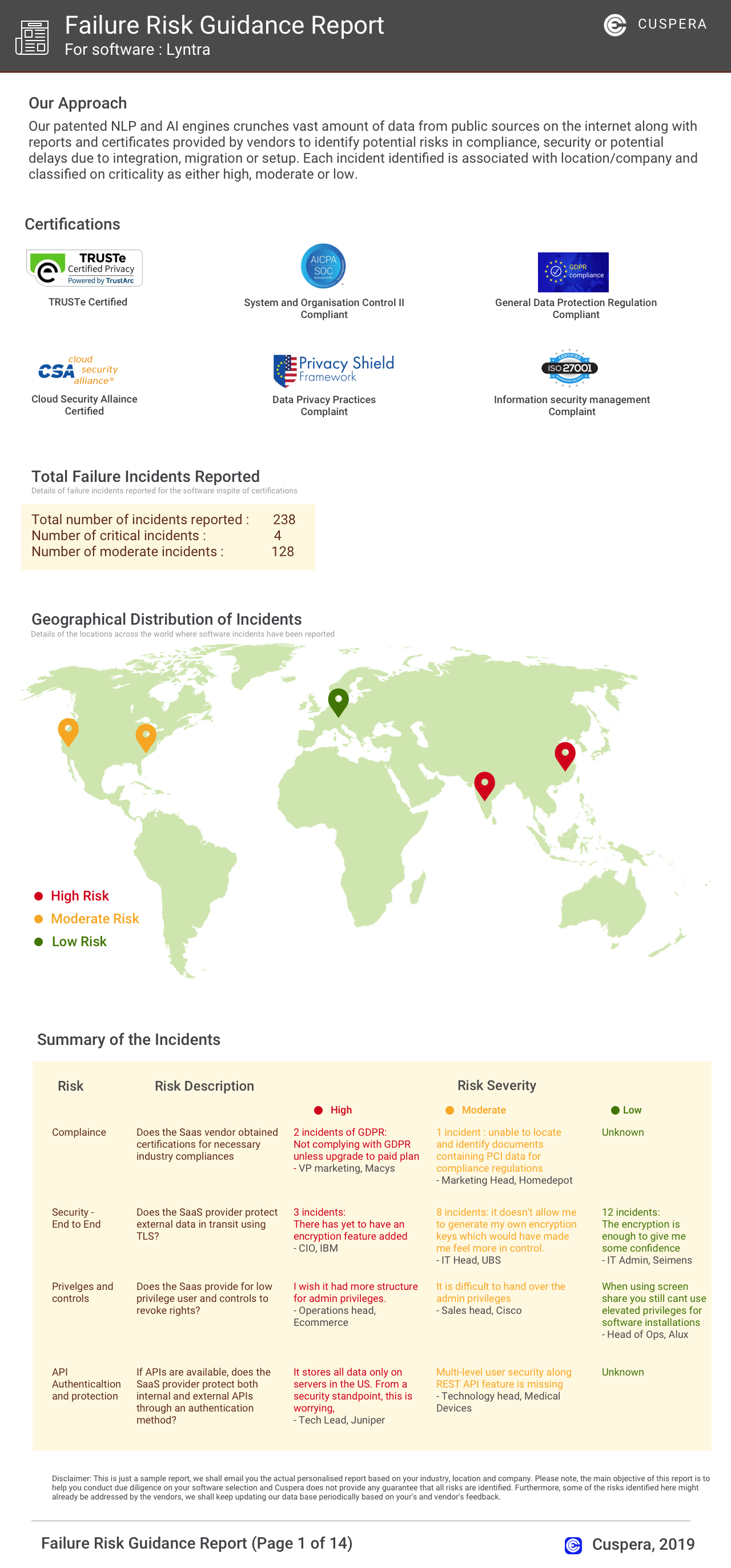Overview: Trello and LiquidPlanner as Project Management Category solutions.
Trello excels in facilitating collaboration and workflow management with strong custom report and integration features. It's widely used across large enterprises in software and marketing industries. LiquidPlanner, while also supporting collaboration, focuses more on analytics and risk management. It offers thorough training and support, serving primarily small to mid-market companies in marketing and software sectors. Businesses should choose Trello for broad integration needs and LiquidPlanner for risk and analytics-focused strategies.
Trello: Trello allows teams to manage projects from anywhere by starting boards quickly and automating tasks. Collaboration is seamless, even on mobile devices.
LiquidPlanner: LiquidPlanner is a project management solution that uses predictive scheduling to optimize team performance and manage uncertainty. It offers features like workload views, time tracking, and data-driven insights for better decision-making.
Trello and LiquidPlanner: Best Use cases based on the customer satisfaction data
Key Capabilities Supported
Trello supports collaboration and workflow management, making it ideal for managing team-based activities efficiently. read more →
LiquidPlanner emphasizes collaboration but with added focus on social media management and analytics suitable for decision-making processes. read more →
Business Goals
Trello aims at improving internal communications and acquiring customers, aligning with businesses focusing on growth and engagement. read more →
LiquidPlanner targets risk management and ROI improvement, appealing to businesses looking to stabilize and maximize their operational strategies. read more →
Core Features
Trello offers standout features like custom reports and integration, crucial for large teams needing seamless project tracking. read more →
LiquidPlanner provides comprehensive analytics and custom reports, catering to companies that prioritize data-driven decision-making. read more →
Vendor Support
Trello provides extensive 24/7 support through multiple channels, essential for enterprises needing consistent support. read more →
LiquidPlanner offers focused support through phone and emails, beneficial for smaller teams requiring tailored assistance. read more →
Segments and Industries
Trello is predominantly used by large enterprises in software and marketing sectors, making it suitable for expansive operations. read more →
LiquidPlanner serves small to mid-market companies mainly in marketing and advertising fields, reflecting its adaptability for focused industries. read more →
Operational Alignment
Trello fits into collaborative environments needing efficient workflow management across various business processes. read more →
LiquidPlanner aligns well with businesses that need to manage risk and improve analytics, often in consultative and technological workflows. read more →
Failure Risk Guidance?
Compliance Risk
{{{rsh_C_1}}}
{{{rsh_C_1}}}
Security & Privacy Risk
{{{rsh_C_1}}}
{{{rsh_C_1}}}
Integration Risk
{{{rsh_C_1}}}
{{{rsh_C_1}}}
Migration Risk
{{{rsh_C_1}}}
{{{rsh_C_1}}}
IT and Other Capabilities
- Low
- Medium
- High
Data
Support
Others
Trello in Action: Unique Use Cases
How can Trello enhance your Collaboration process?
Why is Trello the best choice for Workflow Management?
What benefits does Trello offer for Engagement Management?
What Are the key features of Trello for Communication Management?
How efficiently Does Trello manage your Training & Onboarding?
LiquidPlanner in Action: Unique Use Cases
What Are the key features of LiquidPlanner for Helpdesk Management?
What Are the key features of LiquidPlanner for Forecasting?
Alternatives
Integrations
Few Trello Integrations
Few LiquidPlanner Integrations
News
Latest Trello News
GitLab, Atlassian Patch High-Severity Vulnerabilities
GitLab, Atlassian Patch High-Severity Vulnerabilities
Latest LiquidPlanner News
New! Push New Tasks to Jira
LiquidPlanner has introduced a feature allowing users to push new tasks from Portfolio Manager to Jira, enhancing integration and collaboration. Users can choose to disable or manually push tasks to Jira through the Sync Settings screen.




















